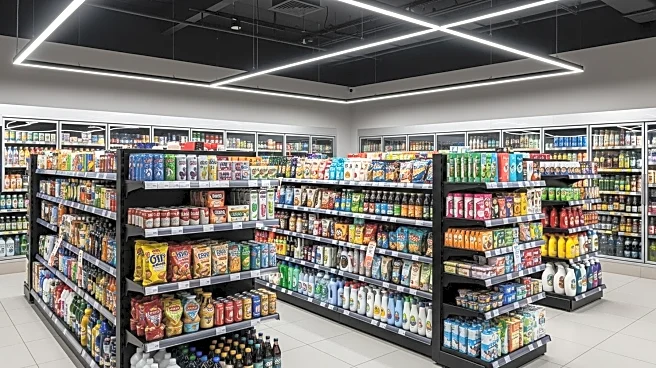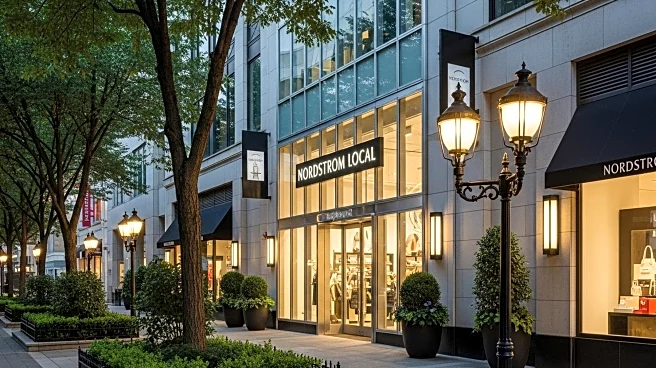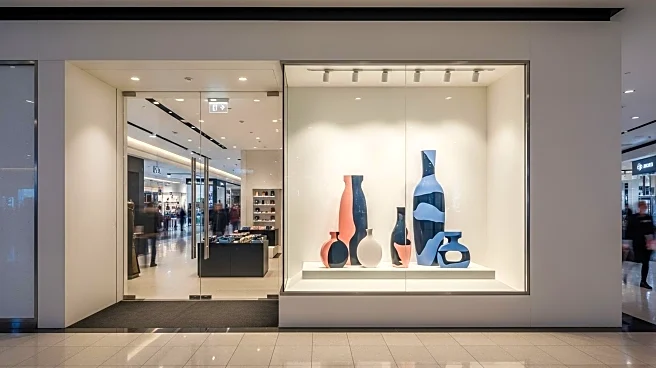What is the story about?
What's Happening?
Retailers are reevaluating their strategies for operating in B malls, which are typically lower-traffic shopping centers. Experts like Lee Peterson from WD Partners emphasize the importance of maintaining a flagship mentality, even in less prominent locations. This involves hiring top-notch employees and ensuring that stores meet customer expectations with limited resources. The focus is on brand storytelling and effective merchandising to maximize sales potential. Retailers are advised to adapt their strategies to the specific dynamics of B malls, including location idiosyncrasies and partnerships with mall management.
Why It's Important?
The strategies employed by retailers in B malls are crucial for their survival and success in a challenging retail environment. As consumer shopping habits evolve, retailers must find ways to attract and retain customers in less frequented locations. The emphasis on employee quality and localized merchandising highlights the need for personalized customer experiences. Successful adaptation can lead to sustainable business models, while failure to adjust may result in store closures. This situation reflects broader trends in the retail industry, where adaptability and innovation are key to thriving amidst changing market conditions.
Beyond the Headlines
The focus on B malls also raises questions about the future of physical retail spaces in an increasingly digital world. As e-commerce continues to grow, the role of traditional malls is evolving. Retailers must balance online and offline strategies to remain competitive. The success of B mall stores may depend on their ability to integrate digital technologies and create unique in-store experiences that cannot be replicated online. This shift could lead to a reimagining of retail spaces, where community engagement and experiential shopping become central to attracting customers.
AI Generated Content
Do you find this article useful?













